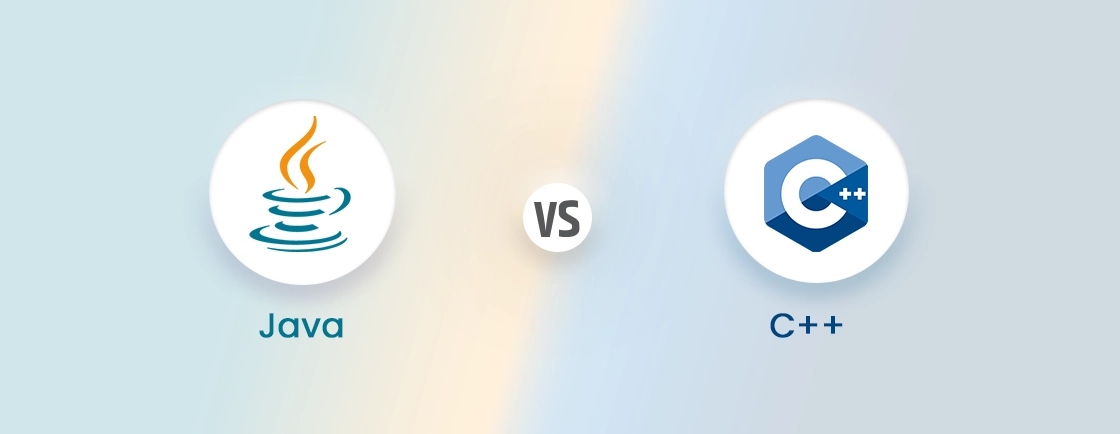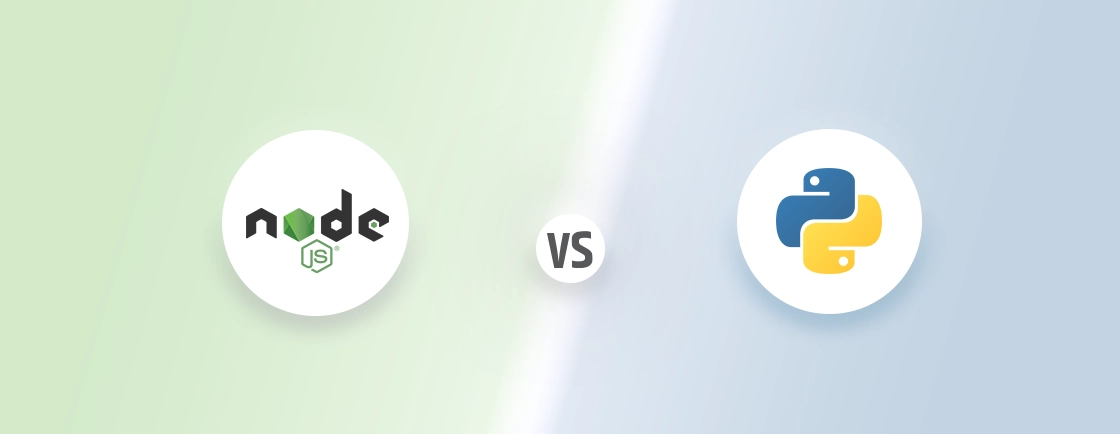Table of Contents
So you are trying to create an eCommerce website – that’s awesome! First step is to choose the best eCommerce platform. It should offer a seamless blend of user-friendliness, powerful features, and design flexibility. That’s where Shopify, Wix, and Squarespace.
Each of these three platforms offer a unique approach to eCommerce, catering to different needs and priorities. Choosing between them depends on your specific requirements, budget, and technical comfort level.
Through this blog, I’ll explain the key differences between these three platforms and how to choose between them. But first, let’s dive straight into a tabular comparison between these platforms.
Shopify vs Wix vs Squarespace: Tabular Comparison
| Feature | Shopify | Wix | Squarespace |
|---|---|---|---|
| Ease of Use | Easy, but some learning curve | Very beginner-friendly (drag-and-drop) | Easy, with a focus on design |
| Pricing | Basic plan starts at $29/month | Basic plan starts at $16/month | Basic plan starts at $16/month |
| Themes/Templates | 10+ free, 60+ paid | 800+ free templates | 110+ stylish templates |
| Customization | High, with code access | High, with drag-and-drop and some code | Moderate, limited code access |
| Sales Features | Abandoned cart recovery, multi-channel selling, extensive app store | Basic sales features, growing app market | Basic sales features, limited apps compared to Shopify |
| Payment Gateways | 100+ payment gateways | Limited payment gateways (depending on location) | Stripe, PayPal, Square |
| Inventory Management | Robust inventory management | Basic inventory management | Basic inventory management |
| SEO Features | Basic SEO features, apps available for advanced needs | Good SEO features, with built-in tools | Good SEO features, with built-in tools |
| Scalability | Highly scalable | Less scalable than Shopify | Less scalable than Shopify |
Shopify is the undisputed king of online selling, boasting powerful features and a vast app store to expand your store’s functionality. Wix, on the other hand, provides an intuitive drag-and-drop interface and versatile design tools, making it a favorite for creative entrepreneurs.
FInally, there’s Squarespace, which shines with its stunning templates and focus on visual appeal, ideal for businesses where aesthetics are paramount.
Now, before we do a deep dive into the differences, let’s look at detailed overviews of Shopify, Wix, and Squarespace.
Overview of Shopify
Shopify is the powerhouse for serious online sellers. With robust features, a massive app store, and excellent scalability, it’s built to handle high-volume sales and complex businesses. While it has a slight learning curve, its comprehensive tools and 24/7 support make it a top choice for those prioritizing growth and functionality.
Pros
- Powerful eCommerce features: Designed specifically for online selling.
- Scalability: Grows with your business, from startups to large enterprises.
- Extensive app store: Offers a wide range of integrations and add-ons.
Cons
- Higher cost: Plans are generally more expensive than Wix or Squarespace.
- Transaction fees: Applies transaction fees on some plans unless using Shopify Payments.
- Can have a learning curve: Might take time to master all the features.
Pricing: Starts from $29 per month.
Overview of Wix
Wix champions ease of use and design freedom. Its intuitive drag-and-drop interface empowers anyone to build a beautiful online store, even with zero coding experience. While its eCommerce features are less advanced than Shopify’s, its affordability and creative flexibility make it perfect for beginners and small businesses.
Pros
- Beginner-friendly: Easy to use, even with no coding experience.
- Highly customizable: Offers extensive design freedom with drag-and-drop functionality.
- Affordable: Provides a free plan and affordable premium plans.
Cons
- Limited eCommerce features: Not as feature-rich as Shopify for large stores.
- Less scalable: May not be suitable for high-volume businesses.
- Can be slow: Website performance can sometimes be an issue.
Pricing: Free plans available. Paid plans start from $16 per month.
Overview of Squarespace
Squarespace is the artist of the eCommerce world. Renowned for its stunning templates and visual focus, it allows you to create an online store that’s as stylish as your products. While its features are more streamlined, its emphasis on aesthetics and user-friendly interface make it ideal for image-conscious brands and creatives.
Pros
- Beautiful templates: Offers a wide range of visually appealing designs.
- Easy to use: Provides a user-friendly interface with a focus on simplicity.
- All-in-one platform: Includes website building, eCommerce, and marketing tools.
Cons
- Limited app store: Fewer integrations compared to Shopify and Wix.
- Less flexible: Customization options are more limited than Wix.
- Can be expensive: Higher-tier plans can be costly for small businesses.
Pricing: Starts from $16 per month.
Comprehensive Difference Between Shopify, Wix, & Squarespace
While Shopify, Wix, and Squarespace all offer eCommerce functionality, there are still some significant differences between them. From core focus and user-friendliness to features and extensions, we’ll compare them in detail.
Ease of Use
Shopify boasts a clean and well-organized interface, making it relatively easy to navigate. Its setup process is straightforward, guiding you through essential steps like adding products, setting up payments, and choosing a theme. However, detailed customization and advanced features may entail a steeper learning curve.
Then there’s Wix, which truly shines in its user-friendliness. Its drag-and-drop editor is incredibly intuitive, so you can build a website visually by simply dragging and dropping elements onto the page. That eliminates the need for coding and makes it a breeze to customize your store’s design.
Squarespace offers a balance of ease of use and design sophistication. Its interface is clean and modern, with a focus on visual appeal. While its drag-and-drop editor is not as flexible as Wix’s, it still provides ample customization options without requiring coding knowledge. However, mastering some of the more advanced design features might take a bit of experimentation.
Verdict
Wix emerges as the clear winner in terms of ease of use. But while Shopify has a slightly steeper learning curve, you can achieve some outstanding results. And Squarespace sits somewhere in between, offering a balance of ease of use and design flexibility.
Design & Customization
Shopify offers a curated selection of free and paid themes that provide a solid foundation for your store’s design. These themes are generally clean and modern, with a focus on showcasing products effectively.
You can tweak colors, fonts, and layout to some extent, but achieving a truly unique look often requires delving into code or hire Shopify developers.
Wix is a haven for design enthusiasts. It boasts a massive library of over 800 stunning templates catering to various industries and styles. Its powerful drag-and-drop editor gives you unparalleled freedom to customize every design element, from layouts and colors to fonts and imagery.
You can also add animations, videos, and interactive elements to create a truly dynamic and engaging online store.
Squarespace has some outstanding templates, often praised for their modern aesthetics and sophisticated layouts. They are visually appealing and optimized for various devices. While Squarespace’s customization options are not as extensive as Wix’s, it still offers a good range of tools to personalize your store.
You can adjust fonts, colors, and layouts, and add custom CSS for finer control. Squarespace’s emphasis on visual hierarchy and clean design ensures your store looks professional and polished.
Verdict
Wix reigns supreme in the realm of design and customization. While Shopify offers decent themes, its customization options are more limited. Squarespace’s customizability stands somewhere between the other two.
eCommerce Features
Shopify is a dedicated eCommerce development platform. So it offers a comprehensive suite of features designed to streamline every aspect of online selling. This includes robust inventory management, flexible shipping options, abandoned cart recovery, multi-channel selling, etc. It also supports over 100 payment gateways, meaning plenty of options for the customers.
Shopify’s App Store is another major strength. It offers thousands of apps to extend your store’s functionality with features like email marketing, dropshipping integrations, loyalty programs, and more.
Wix provides all the essential eCommerce features you need to get started. This includes basic inventory management, secure checkout, and the ability to create coupons and discounts. And there are several payment gateways, though significantly fewer than Shopify.
This platform also has a growing App Market with integrations for marketing, shipping, and other functionalities. But the built-in features may not be on par with a dedicated eCommerce platform like Shopify.
Squarespace offers a streamlined set of eCommerce features, prioritizing ease of use over advanced functionality. You can manage inventory, process orders, set up shipping options, and accept payments through Stripe, PayPal, and Square.
It also provides basic marketing tools like email campaigns and discount codes. However, its eCommerce features are more basic compared to Shopify, and its app selection is significantly smaller.
Verdict
Shopify is the clear winner in the eCommerce features category. Besides its comprehensive built-in toolkit, there’s an outstanding suite of apps capable of making powerful, versatile eStore websites. Although Wix and Squarespace fulfill the basic eCommerce needs, the advanced features are a miss.
Scalability
Shopify is designed to grow with your business. Its robust infrastructure can handle high volumes of traffic and orders without slowing down. As your sales increase and your business expands, Shopify offers a range of plans with increasing resources and features to accommodate your growth.
And with Shopify, you can add apps for functionalities like advanced analytics, marketing automation, and custom integrations to optimize your operations as you scale.
Wix is less scalable compared to Shopify. While it can handle moderate growth and traffic, it might not be the best choice for businesses anticipating rapid expansion or high-volume sales. As your store grows, you might encounter limitations in terms of performance, storage, and bandwidth.
Its app market, while growing, still offers fewer options for advanced functionalities compared to Shopify, which could restrict your ability to scale effectively.
Again, Squarespace is less geared towards high-growth businesses compared to Shopify. It’s a great platform for small to medium-sized businesses, but it might present limitations for larger stores with complex needs and high traffic.
This platform focuses on simplicity and streamlined features, which while beneficial for ease of use, can translate to less flexibility and scalability compared to Shopify.
Verdict
Shopify is a clear winner in terms of eCommerce scalability, with its powerful infrastructure, extensive app ecosystem, and range of plans designed for growth. But Wix and Squarespace are more suited for smaller businesses.
Marketing
Shopify is outstanding when it comes to marketing efforts with built-in features like SEO tools, email marketing integrations, and social media marketing. You can create discount codes, gift cards, and run email campaigns to engage customers.
But the real strength comes with the app store, where you can find options for every marketing need, from advanced email automation and loyalty programs. You can build a customized marketing stack that aligns perfectly with your strategy and scales with your business.
With Wix, you get some built-in SEO features to optimize your website for search engines, email marketing capabilities to nurture leads and drive sales, and social media integrations. All that plus an albeit limited selection of marketing apps in their store can cover the key strategies for the eCommerce website.
And of course, while Wix’s marketing tools are user-friendly and cover the basics, they might not be as comprehensive or advanced as Shopify’s.
Squarespace provides essential marketing features with a focus on simplicity and ease of use. You can leverage its built-in SEO tools to improve your website’s visibility and create email campaigns to engage your audience. Plus, it offers the ability to connect your store to social media platforms for broader reach.
Verdict
Again, Shopify is a clear winner with its combination of built-in tools and a vast app ecosystem for unparalleled flexibility and powerful campaigns. Wix and Squarespace offer a decent set of marketing tools, but its capabilities are not as extensive as Shopify’s.
Pricing
Shopify pricing starts from $29 per month and the basic offers all the essentials to launch your online store. That includes basic reports, abandoned cart recovery, and 2 staff accounts. Besides the higher tier plans, there’s the Shopify Plus, which is suitable for high-volume enterprise-level businesses with custom pricing.
This platform doesn’t charge transaction fees if you use their own payment gateway, Shopify Payments. However, if you choose a third-party payment provider (like PayPal or Stripe), the transaction fees may range from 0.5% to 2% per transaction (based on the plan).
Wix offers a more affordable pricing structure compared to Shopify, with plans starting as low as $16/month. However, these plans are more focused on basic website features and have limited eCommerce functionality.
But on the bright side, Wix doesn’t charge transaction fees, regardless of the payment provider you choose.
Squarespace offers a straightforward pricing structure starting from $16 per month, but the basic eCommerce functionalities are offered from $23 per month. However, the Business plan has a 3% transaction fee.
Verdict
While Wix initially appears to be the most affordable option, Shopify offers the best value for serious eCommerce businesses. Squarespace’s pricing is competitive, but its eCommerce features are more limited compared to Shopify.
No matter which eCommerce platform you choose, it’s important to consider the best practices. Or you can hire our dedicated eCommerce development services. We evaluate your requirements and decide on which platform would be most suitable for the eStore.
Sometimes, the doubt is as simple as “Which platform should I choose? Are there any special circumstances?”. Well, let us answer your queries.
Which eCommerce Platform to Choose? Shopify, Wix, or Squarespace?
If you are still confused between these three platforms even after the detailed comparison, don’t worry. Here are a few situations where the decision between Shopify, Wix and Squarespace will be clear.
Choose Shopify if:
- You want to create a dedicated eStore: Shopify is built for online selling, offering the most comprehensive features, powerful tools, and scalability to grow your business.
- You need a robust and versatile platform: Shopify’s App Store provides access to thousands of apps that extend your store’s functionality and cater to various needs.
- Scalability is a priority: Shopify’s infrastructure can handle high traffic and growing sales volume with ease.
Choose Wix if:
- Ease of use is paramount: Wix’s drag-and-drop editor makes it incredibly easy to build and customize your online store, even with no coding experience.
- Design flexibility is important: Wix offers a massive library of templates and complete design freedom to create a unique online store.
- You’re on a budget: Wix offers more affordable pricing plans compared to Shopify.
Choose Squarespace if:
- Aesthetics are key: Squarespace is known for its stunning templates and focus on visual appeal, making it perfect for image-conscious brands.
- You value simplicity and ease of use: Squarespace offers a user-friendly interface and streamlined features, making it easy to manage your online store.
- You have basic eCommerce needs: Squarespace provides essential eCommerce features, suitable for smaller businesses with moderate sales volume.
All three platforms offer free trials or free plans. Take advantage of these to explore their interfaces and features firsthand. Only then can you choose the best platform for your eCommerce website.
So, What’s the Final Verdict?
While Shopify, Wix, and Squarespace all offer compelling eCommerce features, they cater to different needs and priorities.
Shopify emerges as the clear winner for serious online sellers who prioritize functionality, scalability, and growth. Wix shines with its unparalleled ease of use and design flexibility. If you’re a beginner or prioritize creative control over your store’s appearance, Wix would be more suitable.
Finally, Squarespace strikes a balance between user-friendliness and aesthetics, making it perfect for image-conscious brands and creatives looking for simple, yet creative online stores.
Ultimately, the “best” platform is the one that aligns perfectly with your specific needs, budget, and long-term goals. So if you need help with choosing the right platform and creating the best eStore, hire eCommerce developers today!
FAQs on Shopify vs Wix vs Squarespace
Can I switch platforms later if I need to?
Switching platforms is possible but can be quite complex and time-consuming. It involves migrating your products, content, and customer data. It’s best to choose carefully from the start.
Do I need coding knowledge to use these platforms?
No, all three platforms offer user-friendly interfaces that don’t require coding. Wix is the most intuitive with its drag-and-drop editor, while Shopify and Squarespace might require a slight learning curve for certain customizations.
What happens if my eStore grows rapidly?
Shopify is the most scalable platform, offering plans with increasing resources to accommodate growth. Wix and Squarespace might present limitations for high-volume stores.
Compare the best tech side by side.
Our in-depth comparisons help you see features, pros & cons, and choose the right tools confidently.





